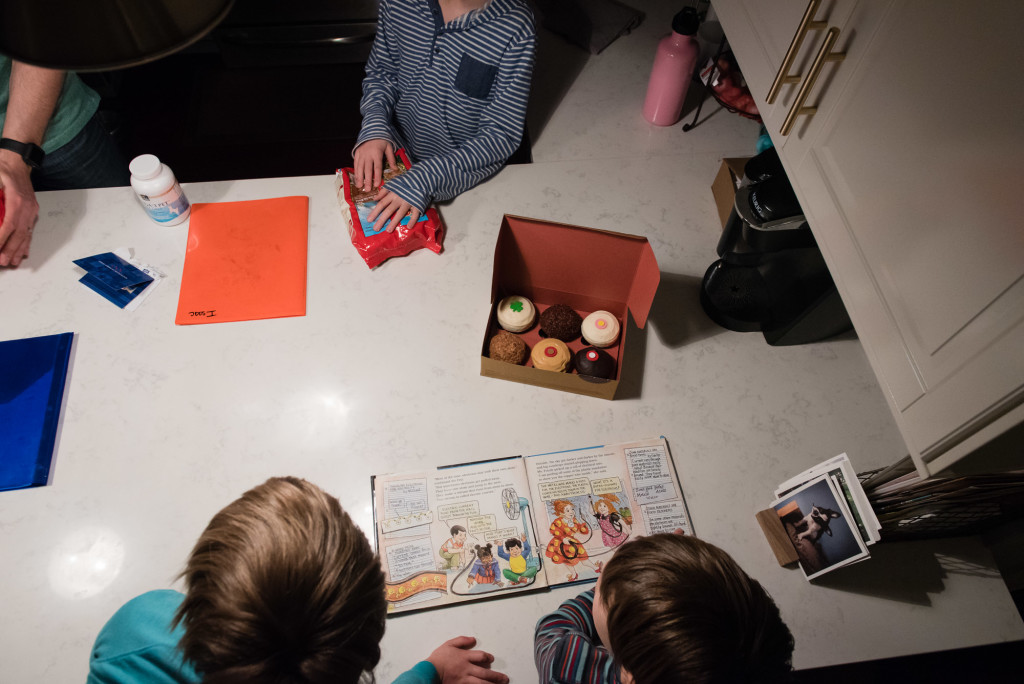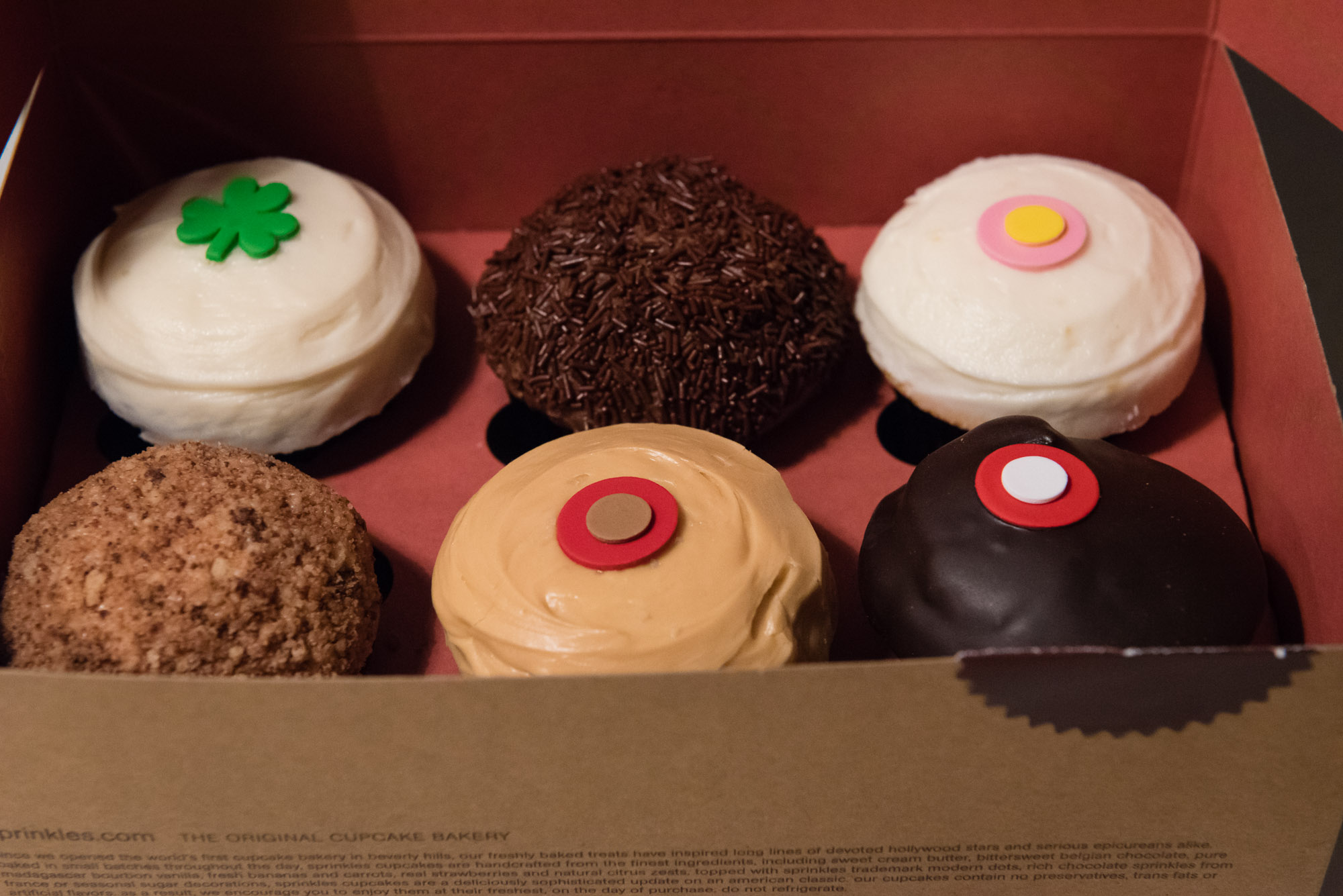Sometimes I wish that all of the important moments of life happened in beautiful light. Lovely, warm, light afternoon light, or moody deep inside light on an overcast day would be fantastic, but more often, memorable events take place when the light is less than wonderful. There is always the option to add light deliberately with on or off camera flash, but if you need to work with ambient light when photographing inside after dark, here are some tips:
Use Less Eye Contact
Often, you’ll be working with overhead lights after dark. Many modern buildings include overhead light fixtures as their major source of lighting, especially in the United States. These light sources definitely fill a room with brightness, but their position over the top of a subject’s head often leave the eyes without catchlights. In order to lessen the impact of no catchlights, photograph your subject as they look down, to the side, or elsewhere away from the camera.
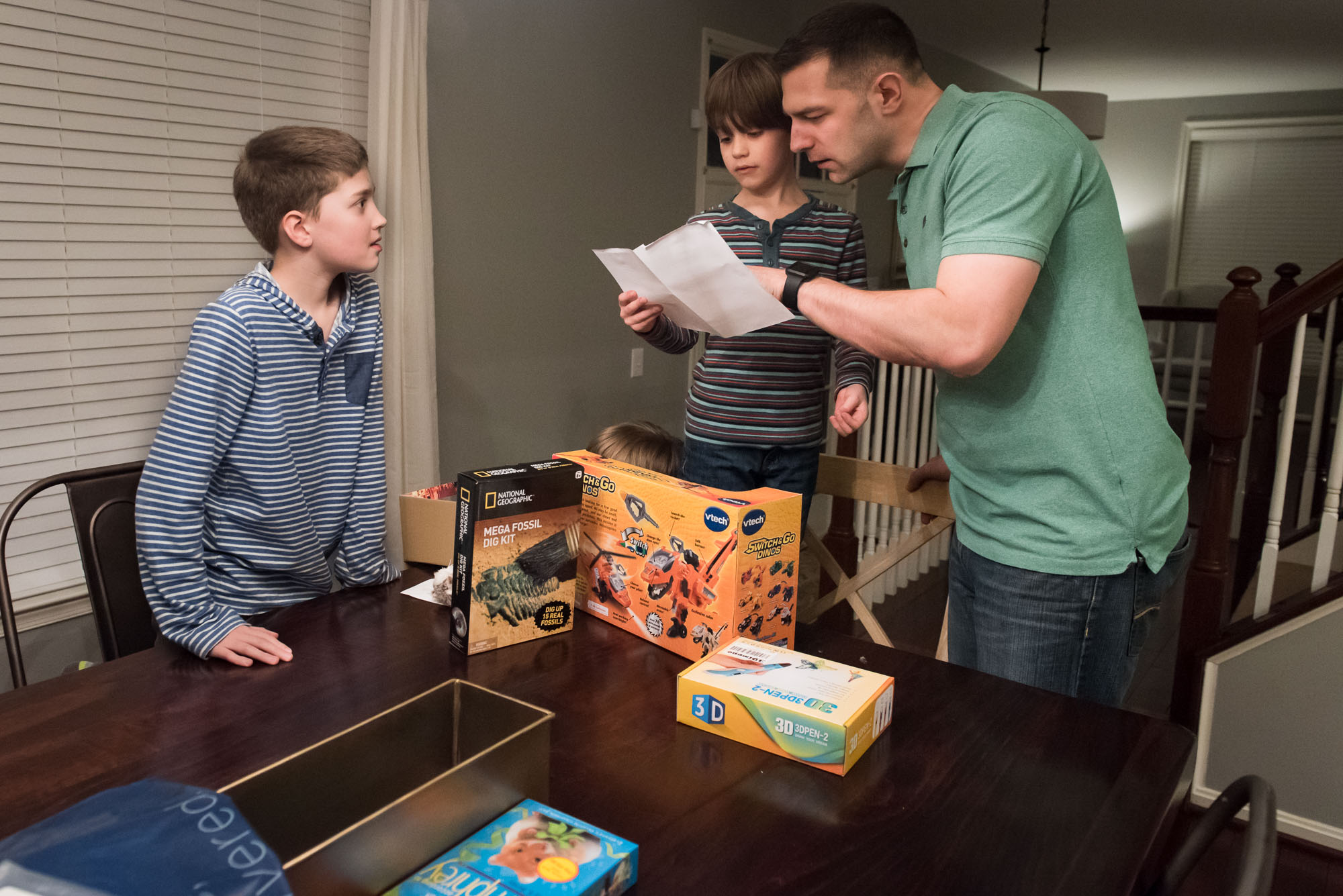
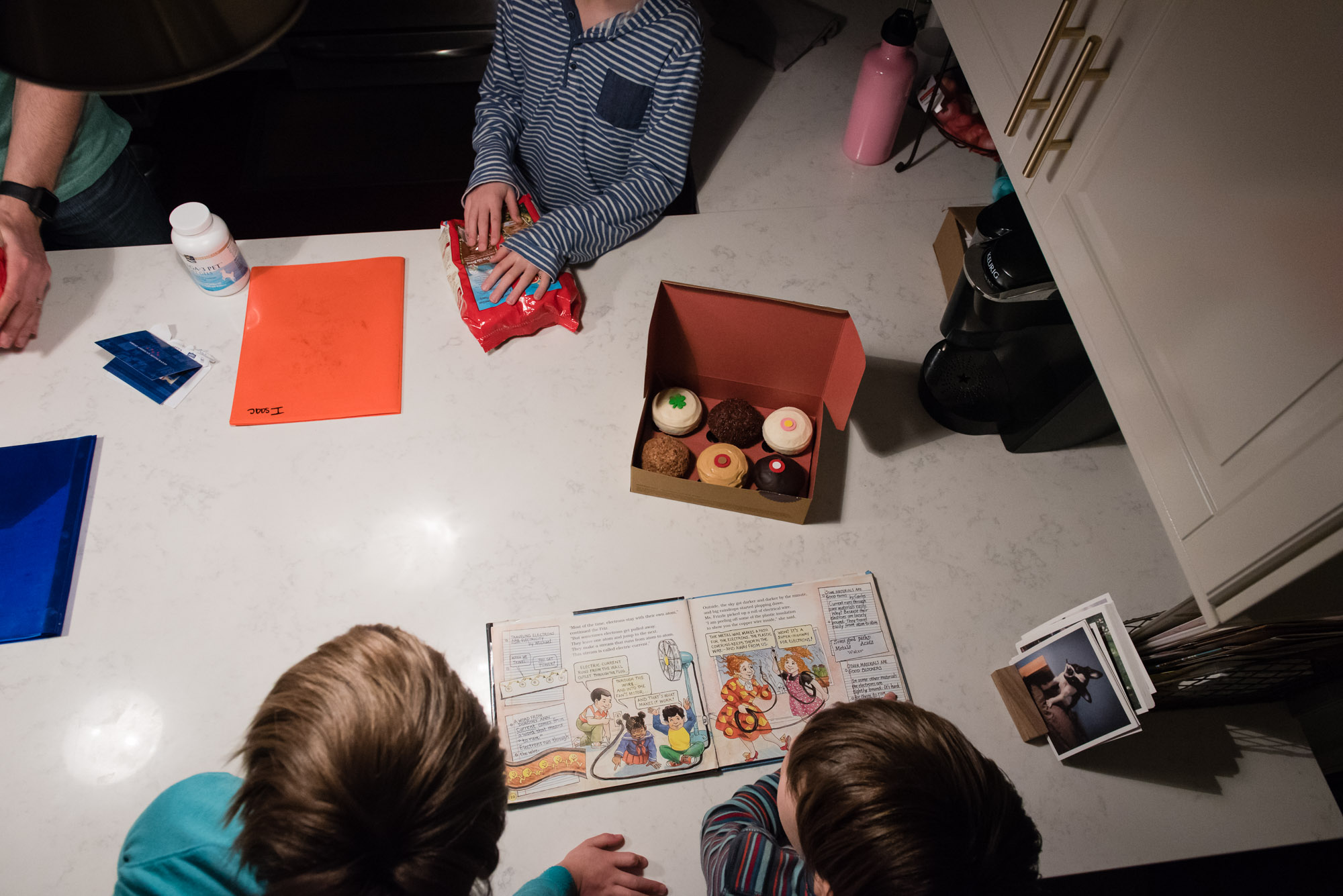
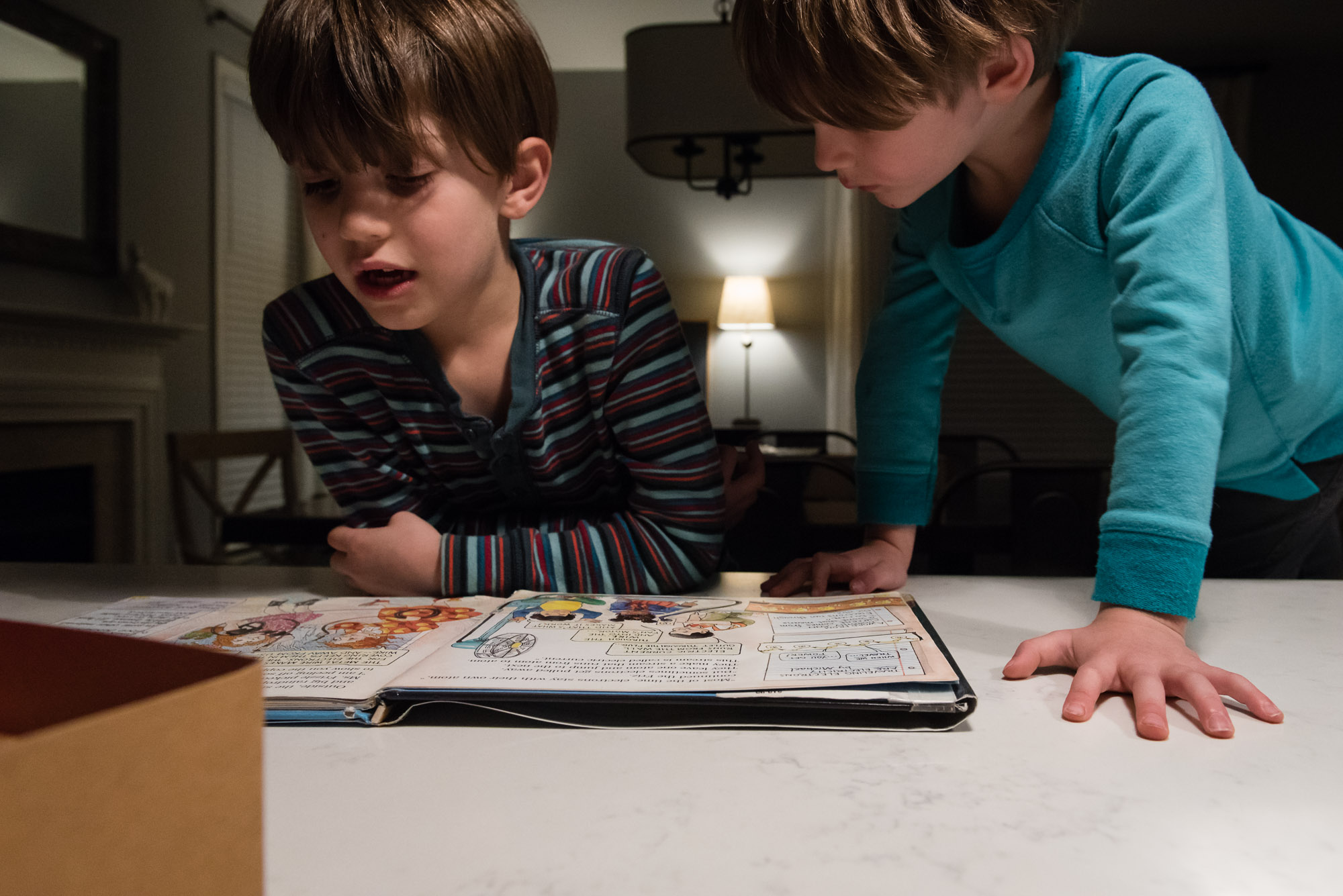
Use Less Light
Many indoor lighting situations are tricking when photographing inside after dark. Overhead lights mix with task lighting, which often mixes with device lighting. If you can turn off all but one source of light you’ll have less mixed white balance issues to work with and will create light of a more directional nature, thus giving your scene more dimension. If it isn’t possible to turn off multiple lights, try placing your subject so that they are very close to one source of light, thus hopefully moving them out of the direct reach of secondary light sources.
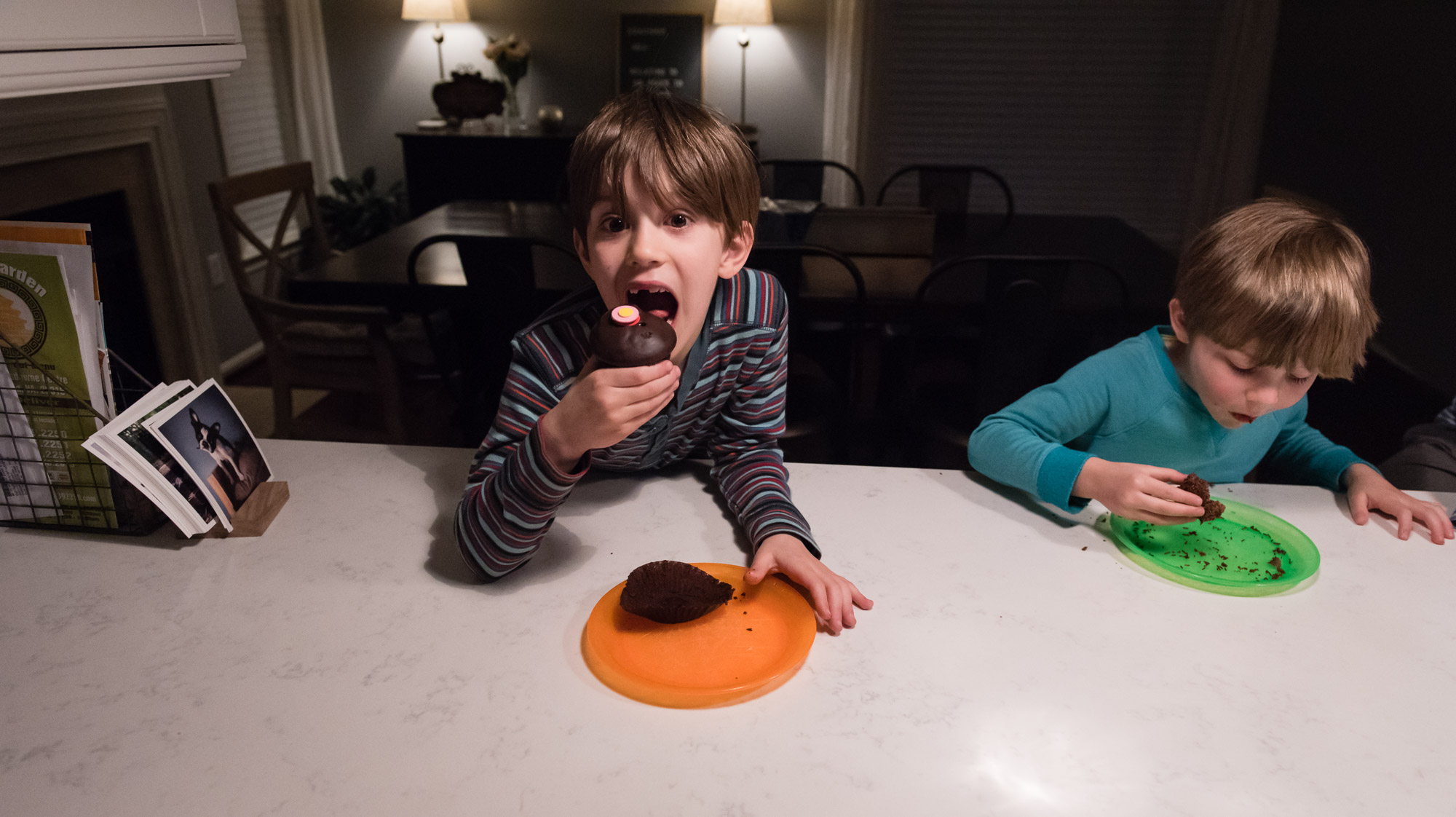
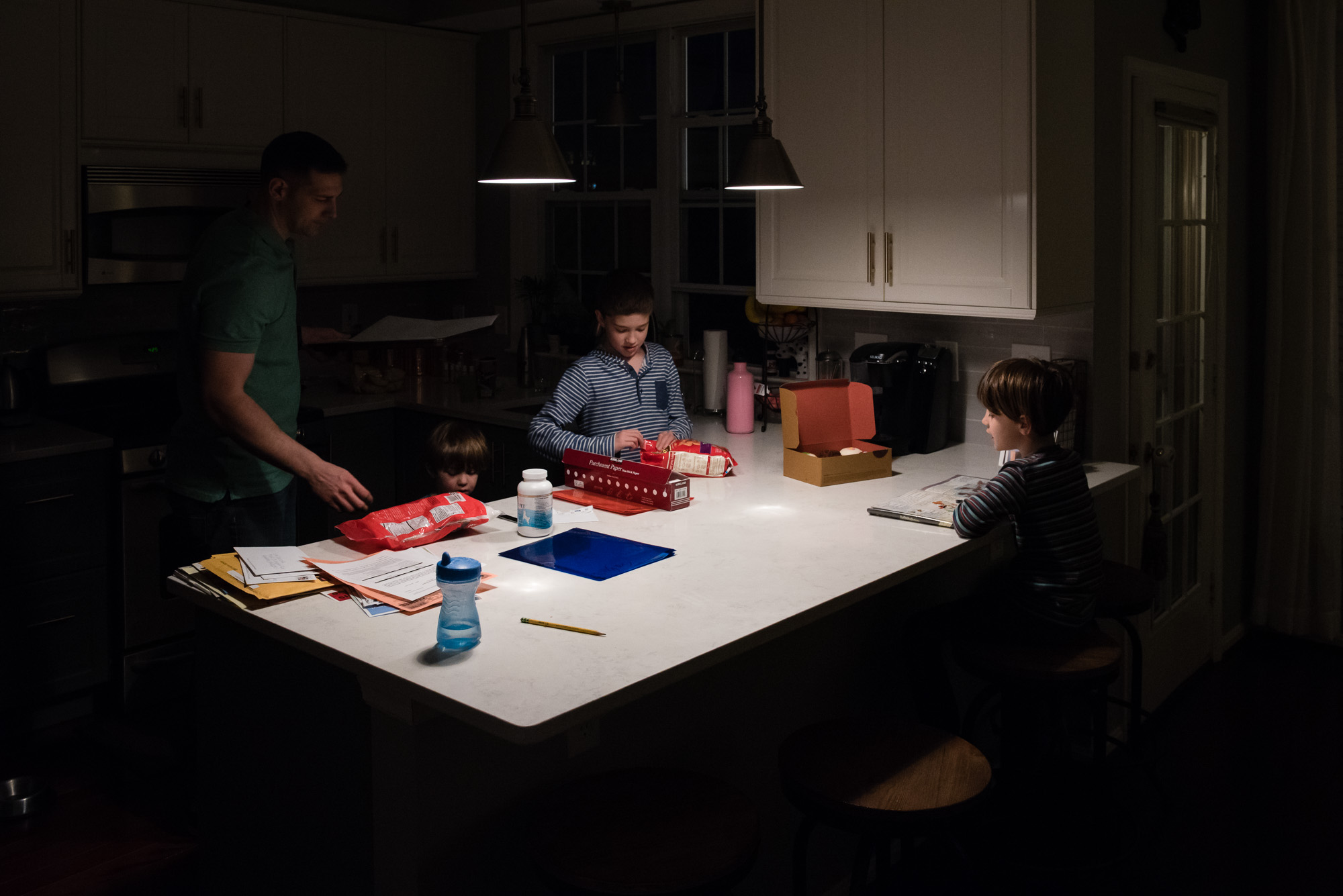
Round out the Story with Details
As with any set of images, when shooting inside after dark, including detail photographs helps to create a sense of context and visual interest. Detail shots bring in additional color and texture, and there is no need to worry about the lack of catchlights when working with inanimate objects, thus giving you more latitude for creative composition and shooting angle.
Besides birthdays, when do you find yourself shooting inside after dark?
-M
Pin It